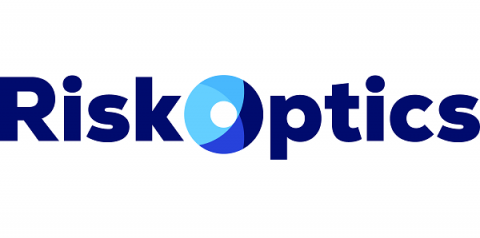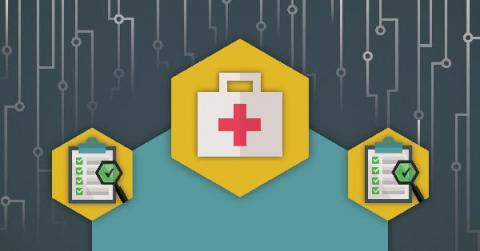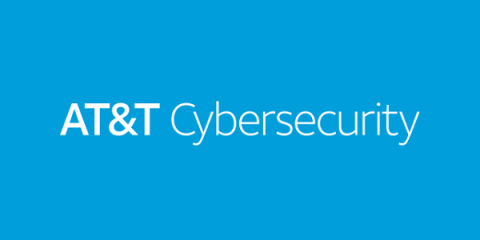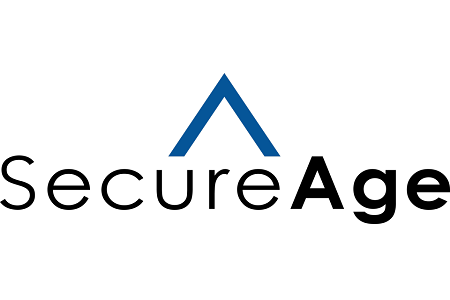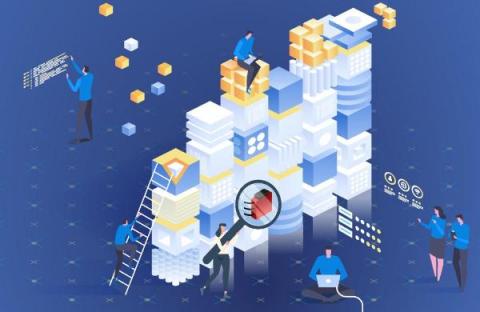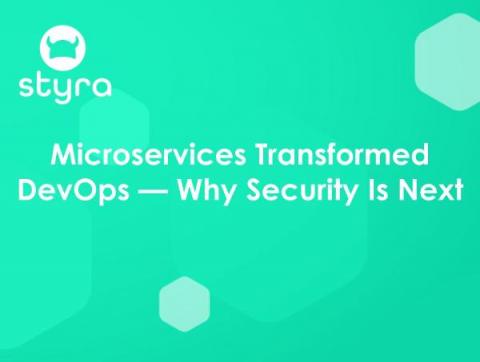What is an SBOM and How is it Different from a CBOM?
In May 2021, President Joe Biden signed an executive order (EO) aiming to strengthen America’s cybersecurity. One key point in the EO was the need to improve software supply chain security, and reduce the vulnerabilities that allow adversaries to launch cyberattacks against public and private organizations.


